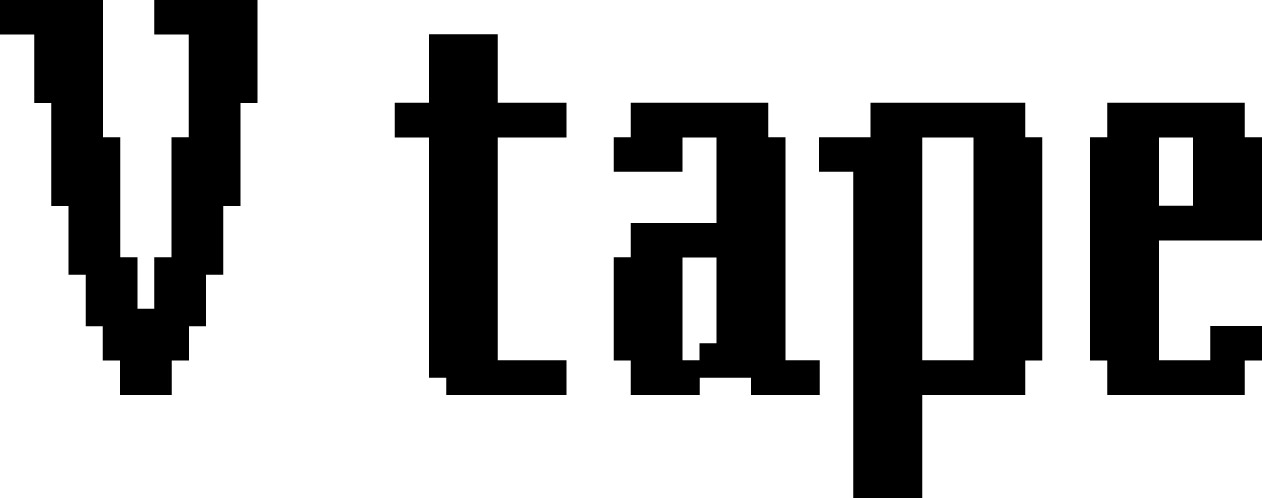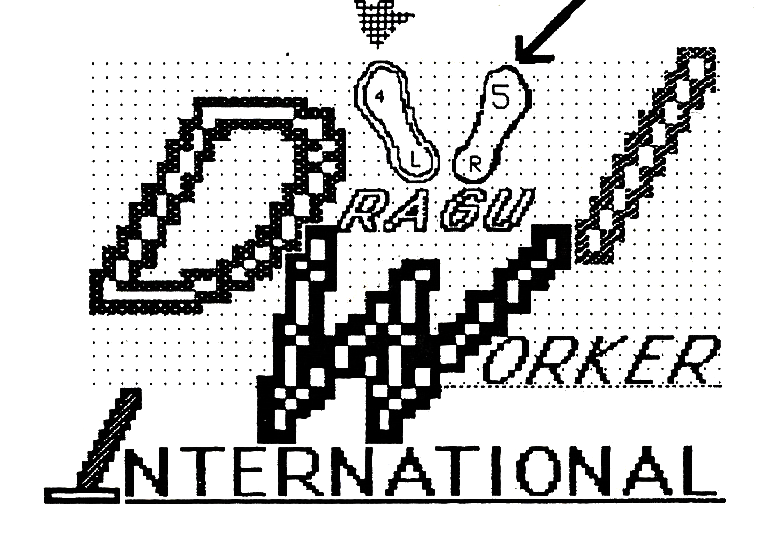Introduction
Tryleather.net is an archive of research and creative production by the artists Margaret Dragu, Britta Wirthmüller, Justine A. Chambers, and William Locke Wheeler. The result of five years of collaboration, its starting point was Margaret’s stage-based performance Try Leather, first performed in Toronto in 1975. Try Leather mixed feminist performance art with aerobics, striptease, and German Expressionist dance. Now, nearly fifty years later, a younger generation of artists has revisited the artwork together with Margaret, to trace out elements from the original solo in order to collectively produce an archive of performance research.
Margaret, Britta, Justine, and William all straddle borders between dance, research, and visual art. Each has shared the ‘Origin Story’ of their unique collaboration, located in the section below this introductory text. Margaret and Britta first encountered each other in 2018, when they discovered shared affinities for Expressionist dance. They invited Justine and William to collaboratively produce a body of research over a series of meetings in Berlin and Vancouver, and then, during the onset of the COVID-19 pandemic, the four engaged a collaborative process over Zoom. They generated a remarkable body of work that made use of this collaborative network with and through decentralized media. When Margaret and Justine couldn’t travel to Germany because of the pandemic in 2021, Britta and William staged a performance at Tanzfabrik Berlin, which incorporated audio and video projections of their Canadian collaborators. Their semi-improvised performance called upon the research generated by the group, which was utilized as a script or score—organized into a set of sixty-two thematic cards. For example, card 18—“Hot Thing”—unites the group’s shared interest in desirability and sexiness in performance, and card 29—“Tada!”—pokes fun at the triumphalism and virtuosity of much art and dance production.
Tryleather.net is one instantiation of this body of research. Users of this website will find a mix of archival items associated with each card, including reflective audio descriptions, ASL translations, newspaper clippings, and recordings of Zoom calls, among other research materials and creative outputs. Highlights include a series of photographs taken in collaboration with the late artist Colin Campbell (1942–2001), newspaper clippings from Margaret’s careers of artmaking and stripping, and dozens of hours of video recordings of the group dancing and talking together. Further, each of these materials is tagged with several of the hundreds of key terms that extend across each individual card to link media throughout the Website, including terms like #working_conditions, #food, and #striptease. Tryleather.net allows us to reimagine groupings of performance and research whose relationships were co-created between the four artists.
These materials are now open for others to explore in any order: to skim, drift, and surf, and to produce chance encounters and surprise juxtapositions. Tryleather.net allows for multidirectional and aggregationist connections through diverse media forms, reproducing the archive as a creative resource that is process-based and research-driven. Here, the group’s research is represented as networked, processual, and collaborative. Engaging with their archive is a demonstration of the expansive and embodied research produced by this group of artists over the past five years.
–2023
Origin Stories
Later, I went to watch Britta perform at 12 Minutes Max. She performed an image of Margaret. Sitting on a chair, ankles crossed with legs extended, bright red wig, a single spotlight spilling over her head. I felt the audience wait for her to do something. They didn’t know she was already doing it. After that, she performed a delicious score where she named what she would do and did it… There was a lag between the doing and speaking, and yet she was always doing both. The performing of the action moved in and out of agreement with her words. It was riveting… A task that is bound to fail, but filled with safeguards that made failing possible and even invited.
Later, but I’m unsure when exactly, Britta invited me to work on Try Leather.
Biographies
Acknowledgements
Tryleather.net, 2023
Margaret Dragu
Britta Wirthmüller
Justine A. Chambers
William Locke Wheeler
Organized by Mikhel Proulx
Website designed by Autofirm. Thanks to Julian Garcia and Vincent Charlebois.
Try Leather, 1975, Fifteen Dance Lab, Toronto
Choreographed and performed by Margaret Dragu
Artists: Michael Hayden, Marcella Lustig, artists from Toronto Arts Community
Video: VISUS (Miriam & Lawrence Adams, Terry McGlade)
Try Leather, 2021, Tanzfabrik Berlin
Concept and choreography: Justine A. Chambers, Margaret Dragu, William Locke Wheeler, Britta Wirthmüller
Dance: Justine A. Chambers, Margaret Dragu, William Locke Wheeler, Britta Wirthmüller, Kasia Wolińska
Set design: William Locke Wheeler
Outside Eye: Kasia Wolińska
Sound design and technical direction: Nikola Pieper
Video: Walter Bickmann/Tanzforum Berlin
Production management: Dino Spiri
PR: Denhart van Harling
Graphic design: Carsten Stabenow, Milchhof Atelier
Photos: Anja Weber.
Funded by the Hauptstadtkulturfonds. The project is part of the culture program related to Canada’s Guest of Honour presentation at the Frankfurt Book Fair in 2021. We acknowledge the support of the Canada Council for the Arts and the Government of Canada.
Reasonable efforts have been made to contact copyright holders of all media reproduced on this website. Please inform us to have any protected media removed.
Sponsors







